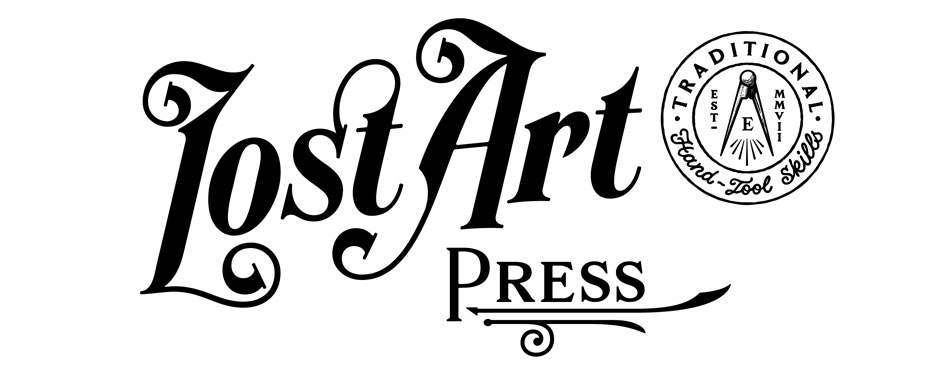This is a tricky topic to discuss. Good teaching can resemble abuse – at least from the outside. But I don’t think that good teachers ever actually abuse their students. Instead, I found that my best teachers were both scrupulously fair and uncompromising. For me, as a student, that was the combination that worked.
During my first year at Popular Woodworking, I spent every free moment in the workshop. I’d blast through my editing duties during the morning, and by lunchtime I’d be helping out the other staff or working on my own projects. Jim Stuard, one of the junior editors at the magazine, was a long-time professional woodworker and had excellent hand skills. He was always in the shop. Naturally, I latched onto him like a puppy.
Jim took teaching seriously and imitated his German masters when it came to doling out instruction. When I screwed up, he yelled “You’re fired!” and would walk away. This happened almost every day. He wasn’t a fan of answering my 100 questions about why something was. He was just there to show me how to do it. How to get through the day.
And occasionally, he was there to open my eyes.
There are a few points in the craft where you feel like you have turned a corner. Jim offered me my first corner. I was cleaning up the edge of a circular Arts & Crafts tabouret, and Jim came over to watch my progress. I did my best, but Jim rolled his eyes, sighed and pushed me aside.
“See these?” he said, pointing to some machine marks I had completely missed. “These have to go.” He cleaned up one quadrant of the tabletop and put the scraper down.
“Do that,” he said. “That’s craftsmanship.”
I was grateful that he didn’t “fire” me that day. That tense exchange unlocked a keen awareness and sensitivity to surfaces that has only become stronger and more refined every year. That day started me down that path, and I am forever grateful for the kick in the pants.
Why am I telling you this?
When I spent my two weeks at the Rowden Workshops run by David Savage, I was delighted to see that same sort of teaching style in evidence. The students were tasked with the impossible: Please do the work of a high-level professional. Right now. Right here. If they failed, they had to try again. David, like all good shop owners, was always there at the worst possible moment when you had really mucked something up. His staff was there to guide you to the solution.
I got to eat several meals with the students and listened to their begrudging admiration of the whole process. They were grumpy because they were always on notice. They were stressed because their work was constantly being evaluated. And they were wondering if the whole experience at Rowden was worth it – because we should all question our sanity at trying to make money at woodworking.
I thought about telling the students that they would get some perspective in time. They would see how much better they had become compared to other young woodworkers. But that’s like telling a teenager that life is short. They simply aren’t ready to receive the message. So why bother?
So I just listened.
If you would like a dose of this hard truth, salted with failure and seared with difficult trials, I recommend “The Intelligent Hand” to you. This book by David Savage contains the core ideals from Rowden, but without the hard looks or the glorious teatime. The print version will be released in mid-October. If you order it now, you will receive a pdf of the book (for free) at checkout.
Several friends who have read the book have sent me private messages, such as this one:
I opened up David’s book last night about 11:00 to take a quick look. Could not put it down til I got maybe 40 pages in. It may not appeal to everyone (though I think it will to most people) – but it is ***** awesome. My initial opinions are always tentative, but this is on a very very short list of best overall books on craft that I’ve ever opened.
Seriously. It is incredible.
I can’t let myself open it back up til things settle here, because it’s a total black hole for my attention. But it really is the book I wish I could have written in another 20 years or so. I met and liked David briefly last year – but I can understand exactly why you’re so taken with him. I truly cannot praise it enough. For ME, this is in the three or four best things LAP has done.
I agree. It’s very good.
— Christopher Schwarz





















